My review of Halo 5: Guardians will be out this week, so I wanted to give Breitbart Tech readers some insight into my complicated relationship with the Halo series over the last 14 years.
Over the years, I’ve had a lot of love, and, conversely, a lot of hate for the different titles in this franchise. It’s been one of the most polarizing experiences I’ve ever had with a series, which has led to me approaching each new entry with a combination of excitement, distrust, quiet optimism and careful cynicism. Through all the ups and downs, however, the one emotion that a new Halo title hasn’t elicited is apathy, so no matter how many times you’ve let me down, Halo, I just can’t quit you.
The First Crush — Halo: Combat Evolved (Bungie, Xbox, 2001)
I was never a huge fan of the original Halo, but, being a giant sci-fi nerd, the intrigue of the story hooked me. The tale of a cybernetic super soldier, the last of his kind in humanity’s losing war against a vicious alien empire bent on its destruction, and the interplay between the artificial intelligence he’s tasked with keeping from falling into enemy hands while stranded on a mysterious artificial ring world was enough to carry me through. I have some happy memories of Halo: CE, to be sure, but looking past the nostalgia I begin to wonder why I ever put up with this game’s many flaws.
Halo: CE features some of the hands-down worst level design I’ve ever seen in a shooter. Yes, we all loved the sprawling battlefields that allowed us to jump into a Warthog and tear through Covenant lines in missions like “The Silent Cartographer,” but those moments were fleeting in comparison to the glut of endless, dull corridor shootouts that made up the bulk of Halo‘s levels. The environments were so repetitive that it was easy to get turned around during firefights and not even realize you were going the wrong direction for minutes at a time. There was no flow to the level design at all as you walked down endless identical hallways that would eventually open up into identical larger rooms, telegraphing the next combat encounter.
It didn’t help that levels were exceedingly long, in addition to being boring. Checkpoints were scarce, meaning you’d have to replay large sections of each mission when you died, and the game featured a terrible health system that often left you stranded after an automatic save point with multiple enemies in front of you and almost no health. Terrible design like this gave us “classic” levels like “The Library,” still talked about in hushed-tones and disgust by Halo veterans, fearful that by even mentioning its name, they would somehow find themselves transported back to that labyrinthine horror.
And then there were the Flood, one of the most annoying enemies ever introduced to a video game. Enough already. When I picked up Halo: The Master Chief Collection last year, I found I couldn’t even force myself to finish replaying Halo: Combat Evolved. Without the rose-colored glasses of nostalgia, I was left wondering what I ever saw in this game at all.
The One — Halo 2 (Bungie, Xbox, 2004)
My favorite of all, Halo 2, had everything: looks, brains, originality. I realize I’m one of the few people who liked Halo 2‘s split narrative, seeing as the backlash against not playing as Master Chief for half the game was so intense that the Arbiter was relegated to co-op sidekick status for Halo 3, but I thought it was genius. The juxtaposition between the fates of Master Chief and the Arbiter during the game’s opening sequence over their respective victory and failure in the events of Halo: Combat Evolved was especially masterful.
The chance to see the Halo universe from the Covenant’s point of view opened up the series’ lore in exciting ways, and the chance to make more regular use of the alien weapons and cloaking ability added further variety to the experience. It didn’t hurt that Halo 2 was drop dead gorgeous for the time and featured amazing level design and set pieces that still stick with me today in addition to the engrossing story. Yes, I was just as shocked and outraged as the rest of you when the final credits rolled over the game’s cliffhanger ending, but truthfully that only lasted for a short time before I started replaying the campaign for the first of many times that same night.
And then there was the multiplayer. Halo 2 changed the game when it came to online multiplayer on home consoles, pioneering peer-to-peer matchmaking that was soon adopted by almost every video game with a multiplayer mode. Gamers who were used to surfing server browser menus were resistant at first – I know I was – but the ease and convenience of matchmaking has become so ingrained in the DNA of online multiplayer thanks to Halo 2 that I’m annoyed these days if a game doesn’t include it.
Halo 2‘s multiplayer was so beloved that when Microsoft shut down the servers powering the online functionality of all original Xbox games on April 15, 2010, devoted fans kept their consoles running over the course of a month to delay the final closure of the game’s lobbies. The final Halo 2 player was disconnected from the game on May 10, 2010.
Thankfully, Halo 2 received an amazing remastering in Halo: The Master Chief Collection, and despite what I have to say about that package as whole, I would still recommend any fan of the Master Chief’s second outing pick it up for that experience alone. Eleven years after I raced out of work on a snowy night to stand in line for the first time at a midnight release, I still feel like a gleeful kid returning to Halo 2.
The Cheater — Halo 3 (Bungie, Xbox 360, 2007)
I’ve never felt as personally betrayed by a video game as I did with Halo 3‘s release. I had fully bought into the pre-release hype, from the bullshots to Bill Gates taunting Sony with the threat that the game would be released the same day as the Playstation 3 debuted (a claim he’d walk back a year later as Halo 3 was pushed to 2007). After the cliffhanger ending of Halo 2, I was chomping at the bit to step back in the boots of Master Chief for what I anticipated would be an epic conclusion to the Halo story.
What I got was a game with ugly graphics, an incoherent and asinine story, sloppy multiplayer design (hello melee kill trading, because Bungie’s response to not being able to account for the inherent inconsistencies in latency for peer-to-peer multiplayer hosting was essentially, “Fuck it”), and Bungie openly and gleefully deriding their own fans in response to any and all criticism of the game (letting your employees call customers “tinfoil hats… catalogu[ing] their toenail clippings” in an official developer blog post after they catch you falsely advertising that your game runs at a given resolution when it actually doesn’t generally falls under the blanket category of “You’re a Giant Douchebag”).
Halo 3 left an awful taste in my mouth and soured my opinion of Bungie as a developer for years. It also further solidified my skepticism of the gaming press, as multiple outlets heralded it with perfect scores and called it the greatest first-person shooter ever made, only for the game to be conspicuously absent from all but two publications’ picks for Game of the Year in 2007. Now that the sting has faded with time, looking back I can say that Halo 3 is not a bad game. Some of its levels are brilliant combat sandboxes, the musical score was the best of any title in the series to come before or after it, and the core gunplay was as tight and enjoyable as ever.
All of those positives did not outweigh the game’s lackluster visuals or unsatisfying narrative (Why is the Covenant war suddenly over with the death of one Prophet? Wasn’t the Earth seconds away from being annihilated, but one shipful of Elites under the Arbiter’s command and suddenly, “War’s over, everybody go home!” Why is Cortana, an artificial intelligence construct, able to communicate telepathically with the Master Chief across space and time? Why did they spend two games setting up the Gravemind as the ultimate threat to the universe only to have the final boss be the equivalent in size and threat of a flying Roomba? [Editor’s note: This rant continued for six paragraphs detailing every plot hole, contrivance, and contradiction of Halo 3’s story. We have excised it for your protection].) Nor its regressive enemy design: replacing the dangerously intelligent Elites with bullet-sponge Brutes was a travesty.
So no, Halo 3 wasn’t as terrible as I once may have proselytized to anyone who may have been unlucky enough to bring it up in my presence, but it remains the most disappointing entry in the series for me. Bungie, I may have moved on, but I haven’t forgotten how you hurt me.
Also, I hope whoever was responsible for designing the “Cortana” mission has been relegated to creating budget shovelware for Activision now that Bungie is partnered with them. Congratulations, you were able to surpass “The Library” for the All-Time Shittiest Level in History Award.
The Rebound — Halo 3: ODST (Bungie, Xbox 360, 2009)
ODST was the anti-Halo 3: a focused character- and narrative-driven game about an Orbital Drop Shock Trooper (ODST) separated from his squad in the defensive battle against the Covenant’s invasion of Earth in Halo 3 and the team’s ultimate fate. It didn’t hurt that ODST could have been titled Halo: Firefly, as half of the game’s cast was voiced by stars of the beloved sci-fi cult classic. Whether intentionally or by blind luck, ODST also mitigated the visual shortcomings of the Halo 3 engine through the use of filters on the ODST visor scanner that was employed throughout the game, and it featured a number of varied and memorable missions.
It was the perfect palate-cleanser after the disappointment of Halo 3: an expertly crafted, bite-size adventure. Unfortunately, without a dedicated competitive multiplayer component and with no match-making for the new co-operative horde-mode Firefight experience, it lacked staying power. I quickly moved on.
The One That Got Away — Halo: Reach (Bungie, Xbox 360, 2010)
It’s still baffling to me what an afterthought Halo: Reach is treated as. Despite my love for Halo 2, in retrospect Bungie’s swan song for the franchise is arguably the better and more complete game in the series. It told a well-written, somber tale of a squad of Spartans uncovering and trying to repel a Covenant invasion on the doomed planet of Reach. The revamped game engine finally lived up to the visual fidelity expected of a Halo title, levels were epic in their scope and scale, yet still expertly paced, and it had freaking space combat!
I was equally impressed with the game’s multiplayer, not just for the excellent and varied maps, but also for the numerous new and innovative modes that were introduced and sadly abandoned in subsequent installments of the franchise. Firefight finally got matchmaking support as well, allowing for quick pick up co-operative games beyond Reach‘s wildly replayable story campaign.
The greatest endorsement I can give Halo: Reach is that as the game’s final scene dovetailed into the very first scene from the beginning of the entire franchise, I felt an overwhelming need to replay the entire series. Oh, and that after-credits gameplay sequence? Genius and heartbreaking.
I miss you, Reach. Why you were the only FPS Halo title to be excluded from the remastered re-release of the rest of the series will forever mystify me. I wish I’d realized how good I had it before you were gone.
The “Where Do You See This Going?” — Halo 4 (343 Industries, Xbox 360, 2012)
I don’t get the hate for Halo 4. It has its shortcomings, chief for me being the underwhelming enemy AI of the new Promethean enemies in comparison to the Covenant of games past, but the visuals were astounding, especially as one of the last Xbox 360 releases; the revamped sound design brought a much-needed aural punch to the series’ long-derided toy gun sound effects; and the game told one of the most meaningful and personal stories the franchise had ever produced.
For the first time in the entire franchise, the Master Chief became human in my eyes, rather than the stoic, faceless cyborg of games past. He was vulnerable, questioned his decisions, and was driven more by his frenetic quest to save a dear friend than any official mission. Spartan 117 became John for me, a significant accomplishment of character development for a protagonist who had remained largely stagnant since his first appearance in the series. That was enough to endear me to 343 Industries’ first turn at the helm.
I enjoyed the changes to Halo‘s multiplayer by 343 Industries as well. I thought the customization of loadouts and armor and support abilities was well integrated and not a disruptive leap from features that had already been introduced by Bungie in Halo: Reach. Multiplayer map design hit the arena shooter sweet spot for me as well. Sadly, I appear to be in the minority with my opinion of Halo 4‘s competitive offering, as it didn’t enjoy the same longevity of other games in the series.
Regardless, I thought Halo 4 was important, and a worthy addition to the series that helped flesh out the franchise’s protagonist for everyone who depended on their knowledge of Halo‘s lore from the actual games’ narratives, rather than companion novels as Bungie had fallen back on so often.
The Dealbreaker — Halo: The Master Chief Collection (343 Industries, Xbox One, 2014)
It hurts how much this one let me down, as Halo: The Master Chief Collection contains a masterful remake of my favorite game in the series, Halo 2. This compilation of each of the previous games starring Spartan 117 was supposed to be the grand coming-out party for the Master Chief on the Xbox One. Unfortunately, The Master Chief Collection was an undeniable disaster.
Plagued by technical issues both in its single-player and multiplayer components, glitched achievements, crashes and save file issues were just the tip of the iceberg. The game’s multiplayer was completely inaccessible for many months after the compilation’s release, despite numerous patches deployed by developer 343 Industries to try to rescue players from the digital purgatory that was the game’s never ending matchmaking loading screen.
Halo: MCC is absolutely packed to the gills with content and would’ve been worth a purchase for the amazing remaster of Halo 2 alone, if not for the crippling technical issues that plagued it long after its release. When the beta for Halo 5 that came with it worked better than your game, you know you done goofed.
*
It’s been a long road, but for all the ups and downs there hasn’t been another video game franchise that has captured me as completely as Halo has. Look for my review of the latest installment this week. In the meantime, I’ll be fielding hate mail for my indictment of Halo 3.
Noah Dulis is the Deputy Managing Editor of Breitbart News and co-editor of Breitbart Tech. Follow him on Twitter @Marshal_Dov.
Breitbart Tech is a new vertical from Breitbart News covering tech, gaming and internet culture. Bookmark breitbart.com/tech and follow @BreitbartTech on Twitter and Facebook.
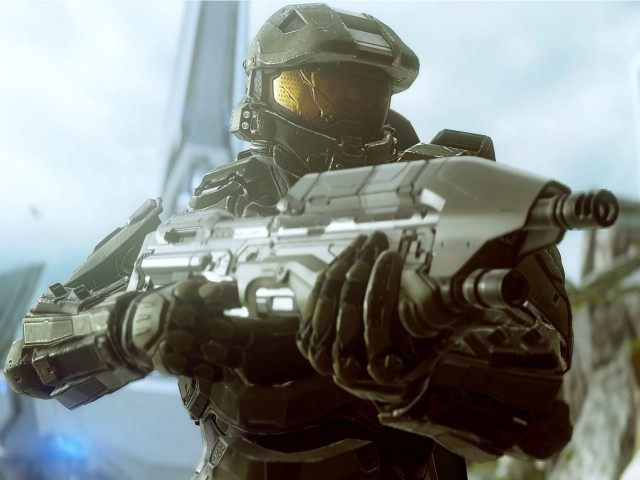

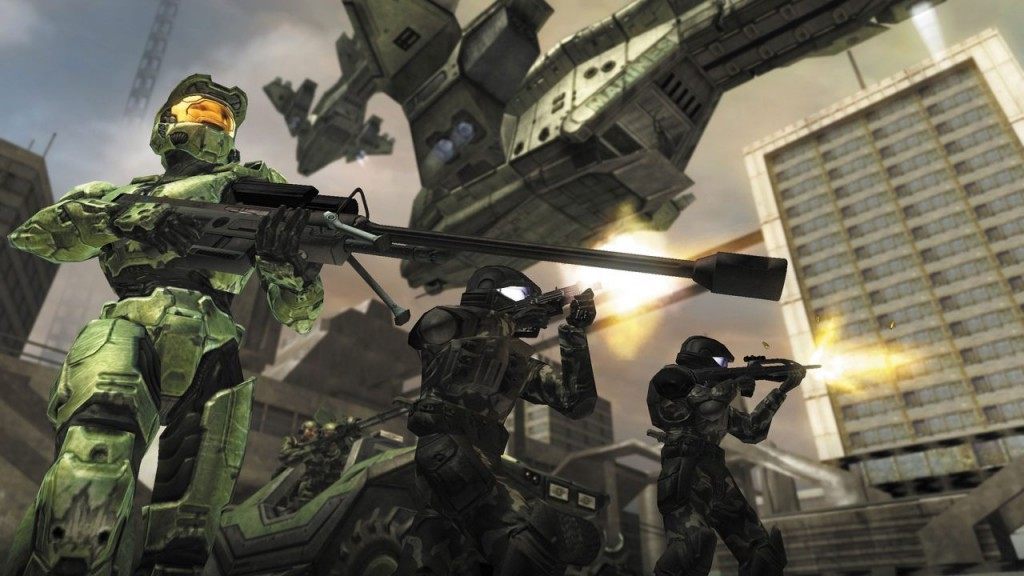
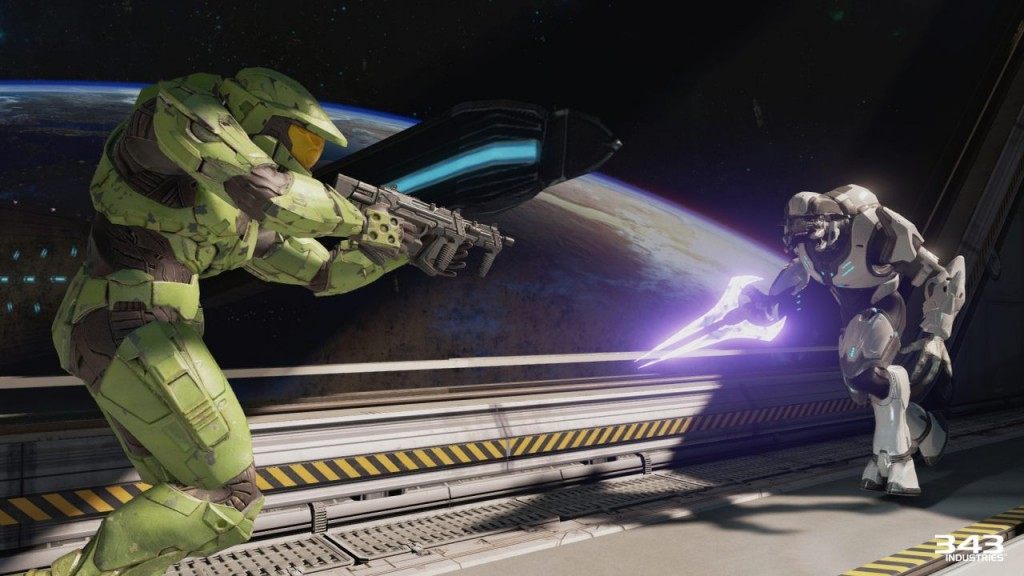
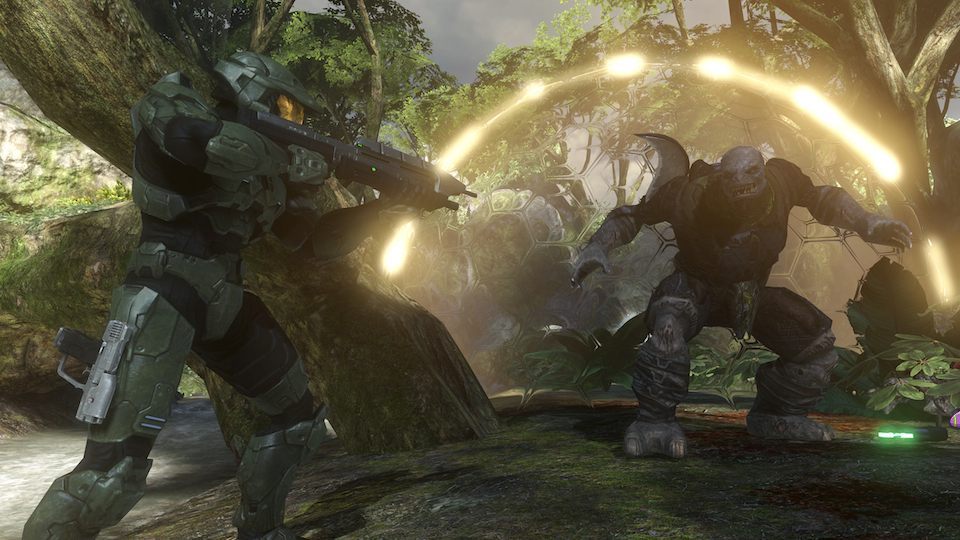
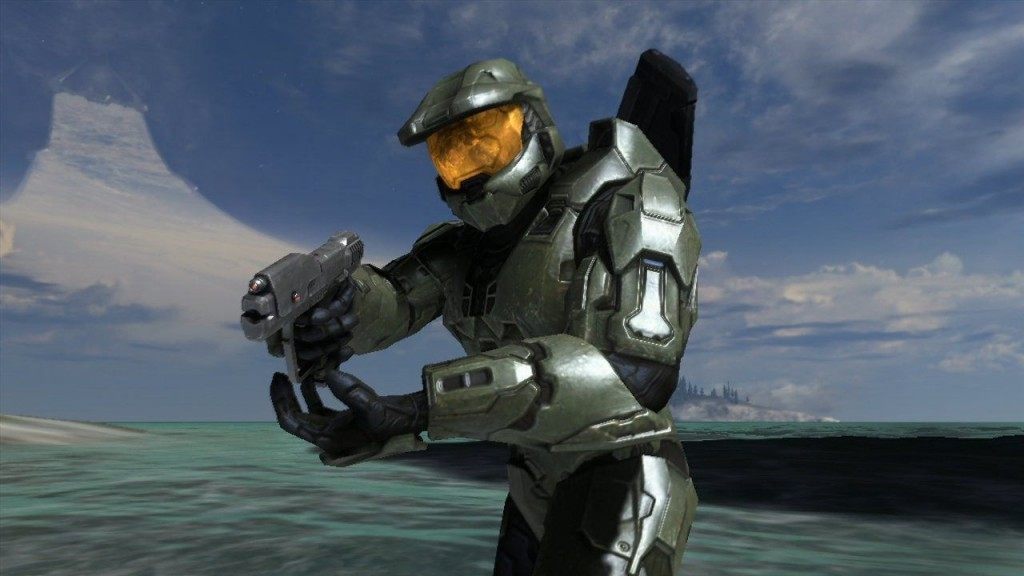
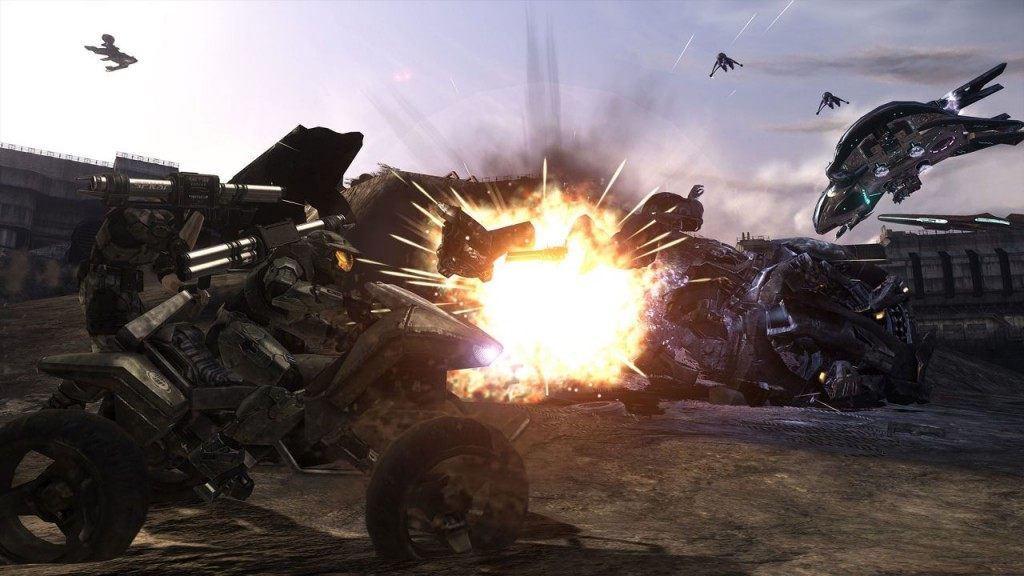
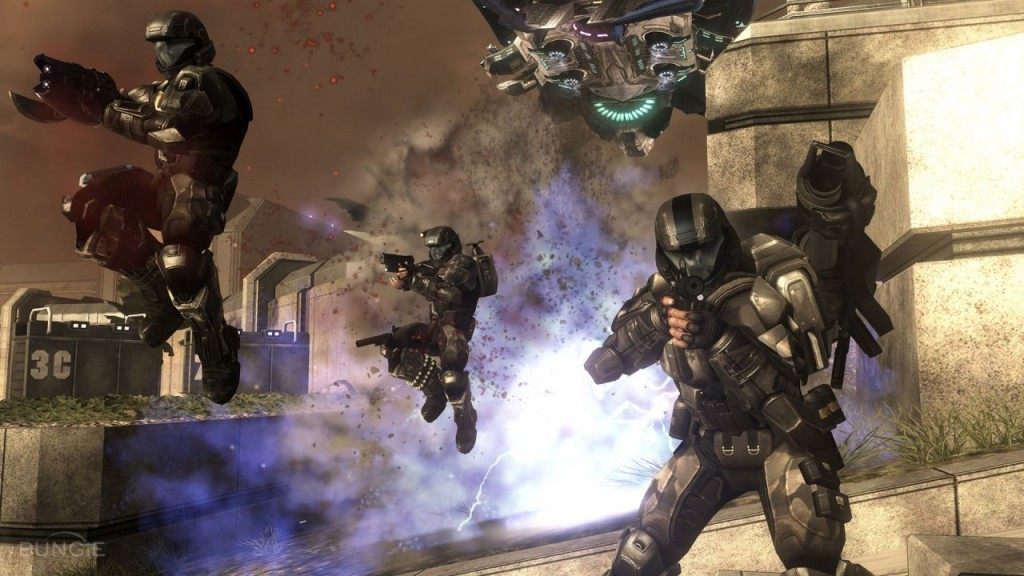

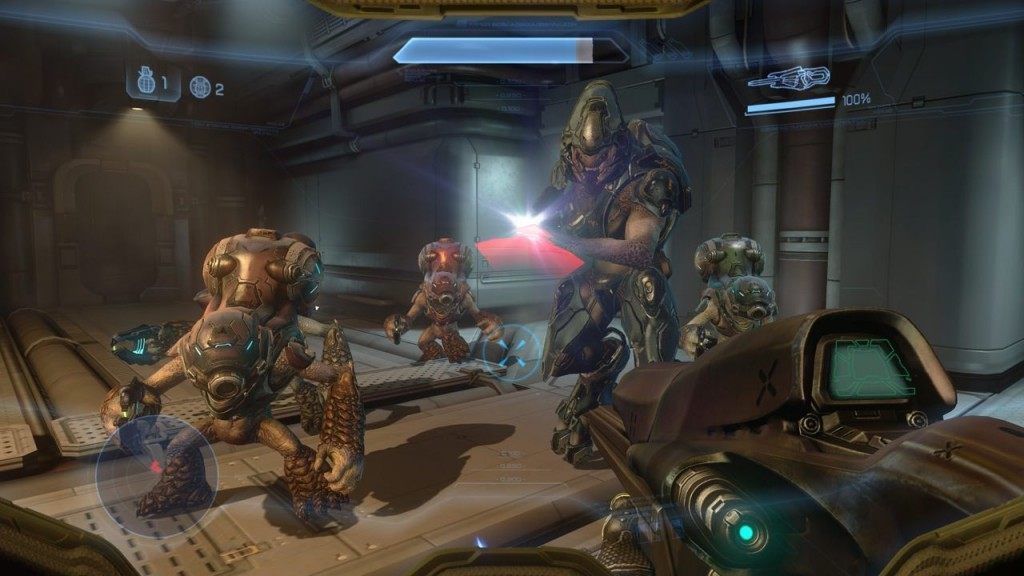
COMMENTS
Please let us know if you're having issues with commenting.